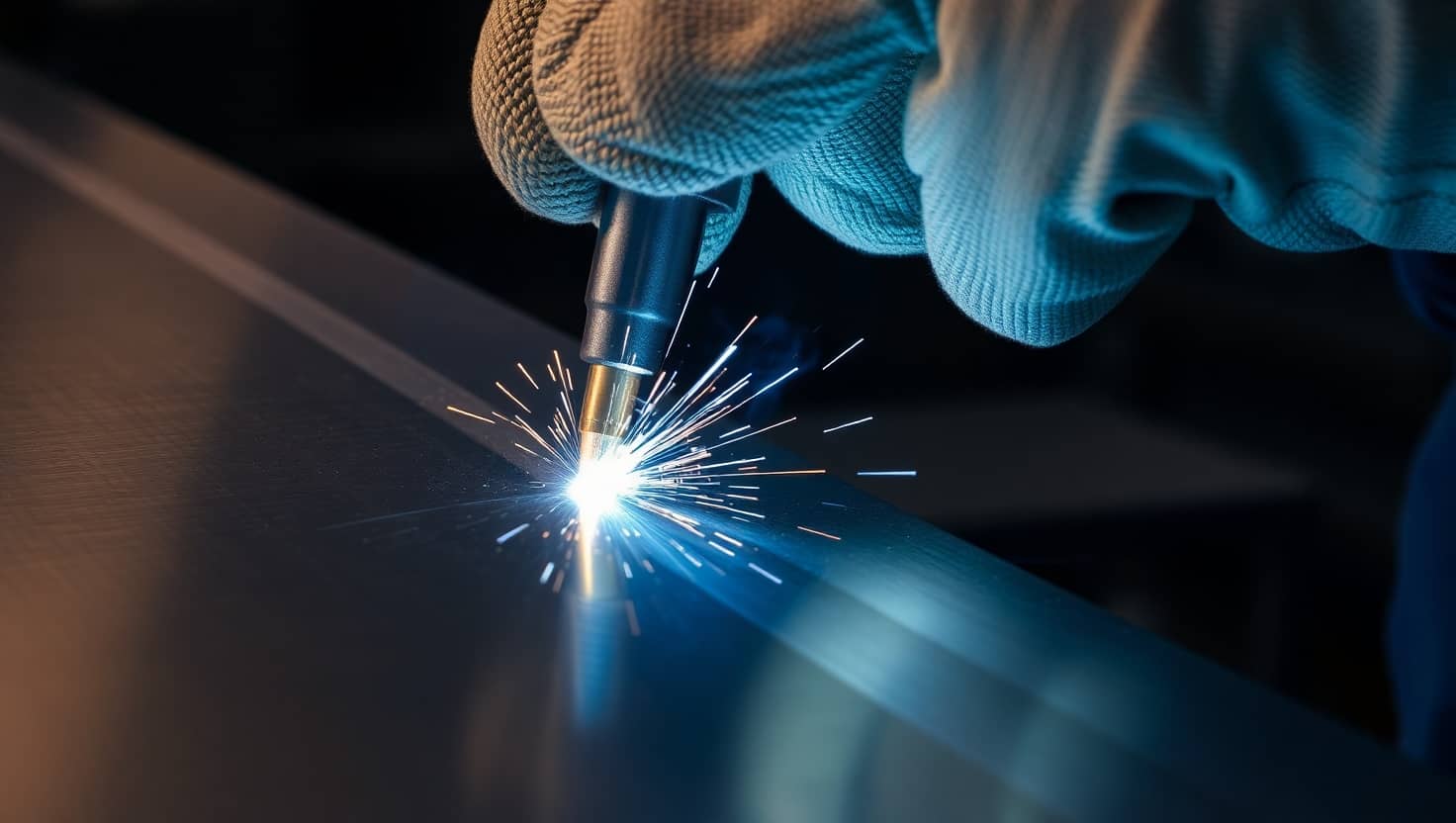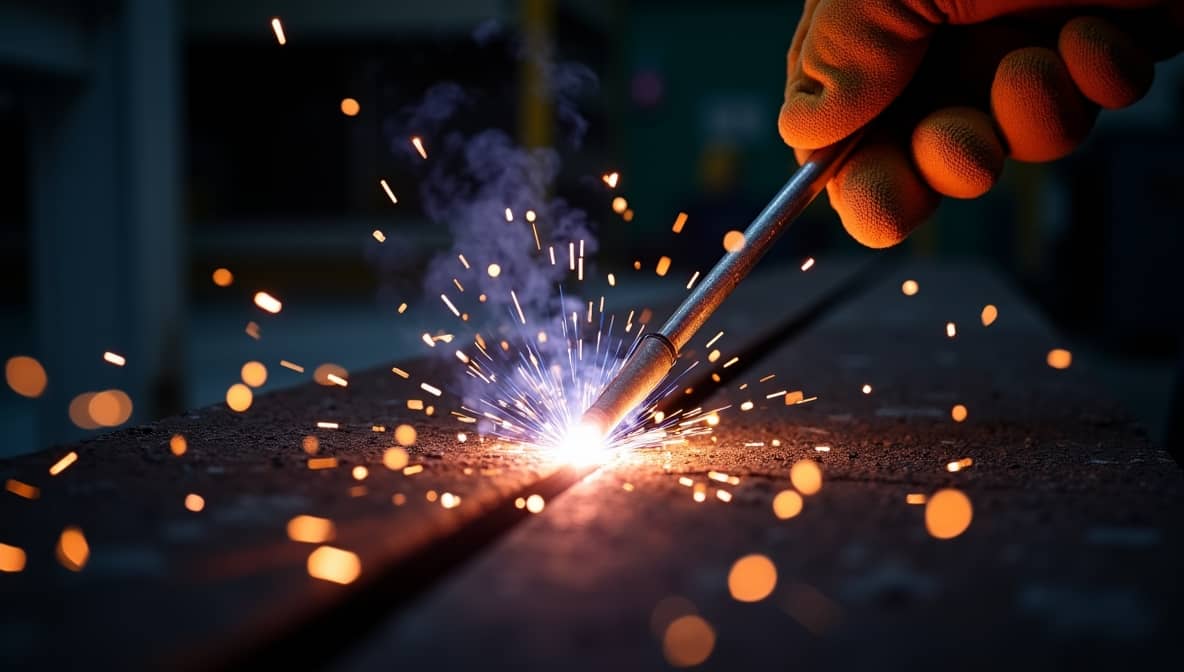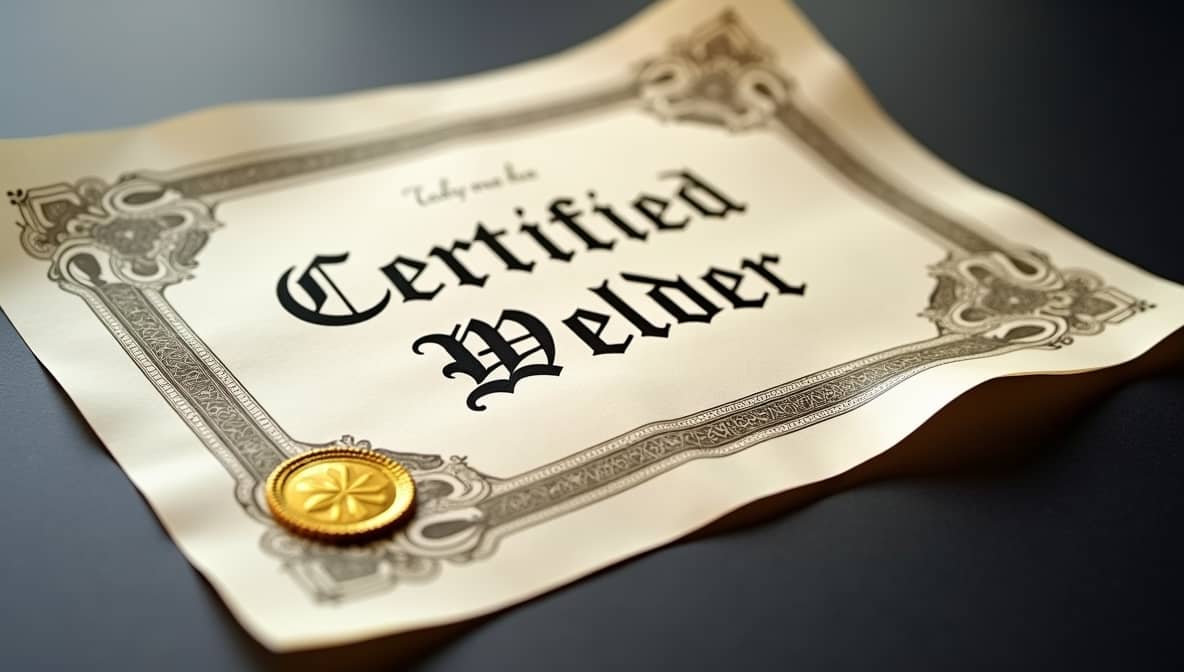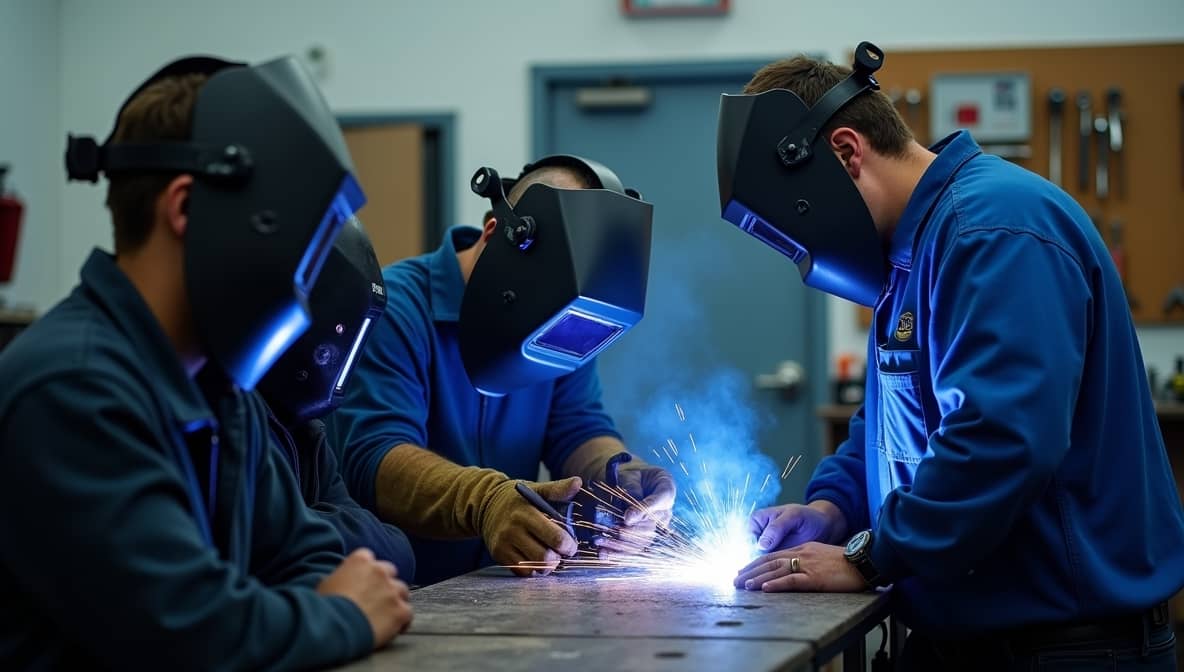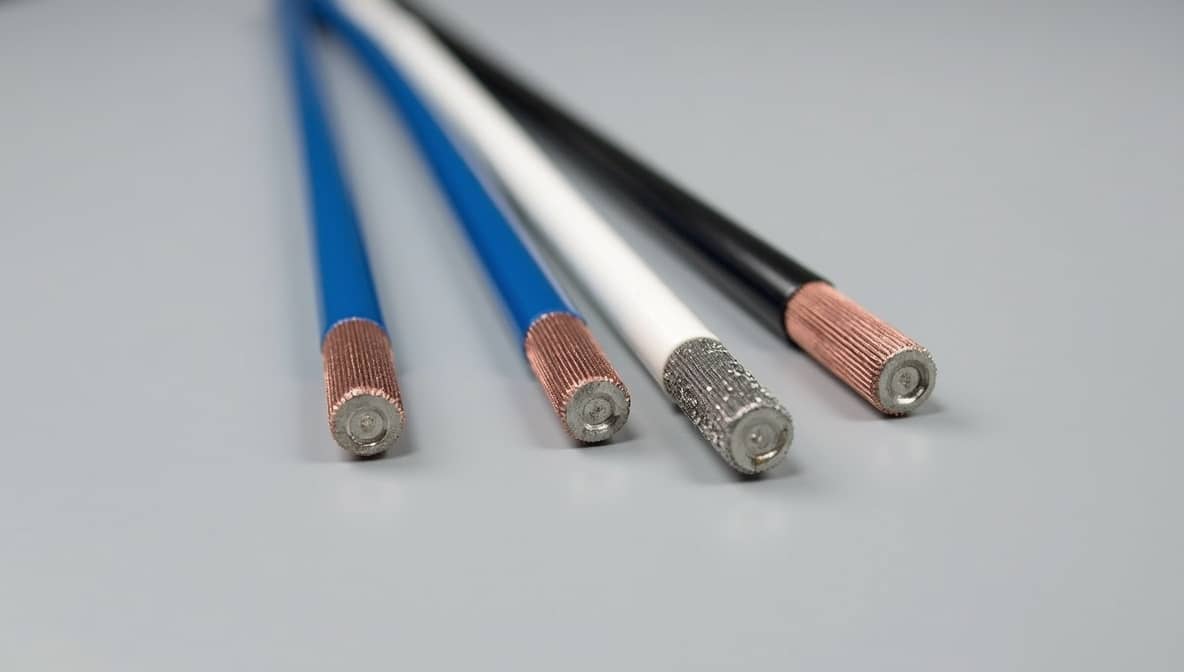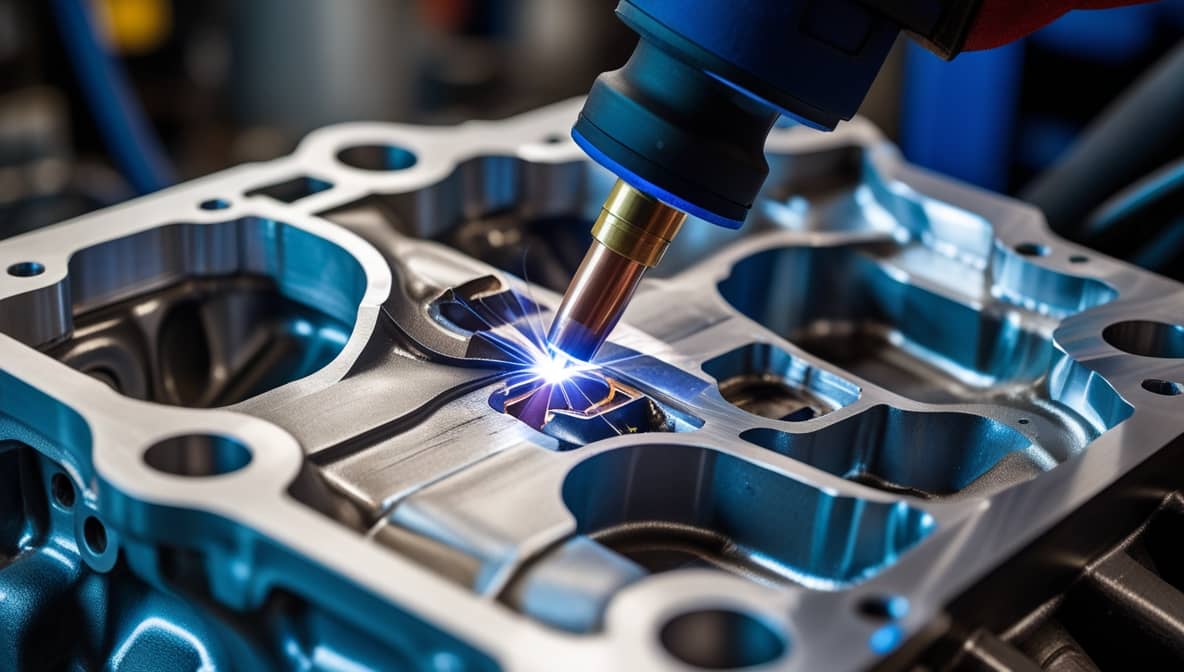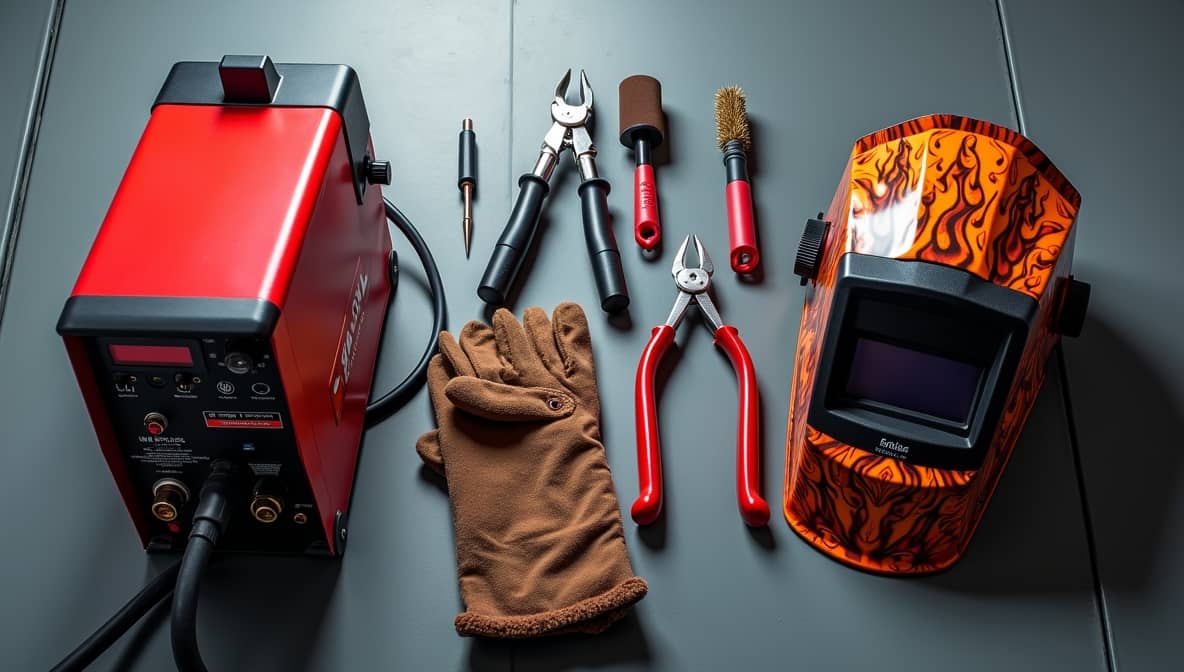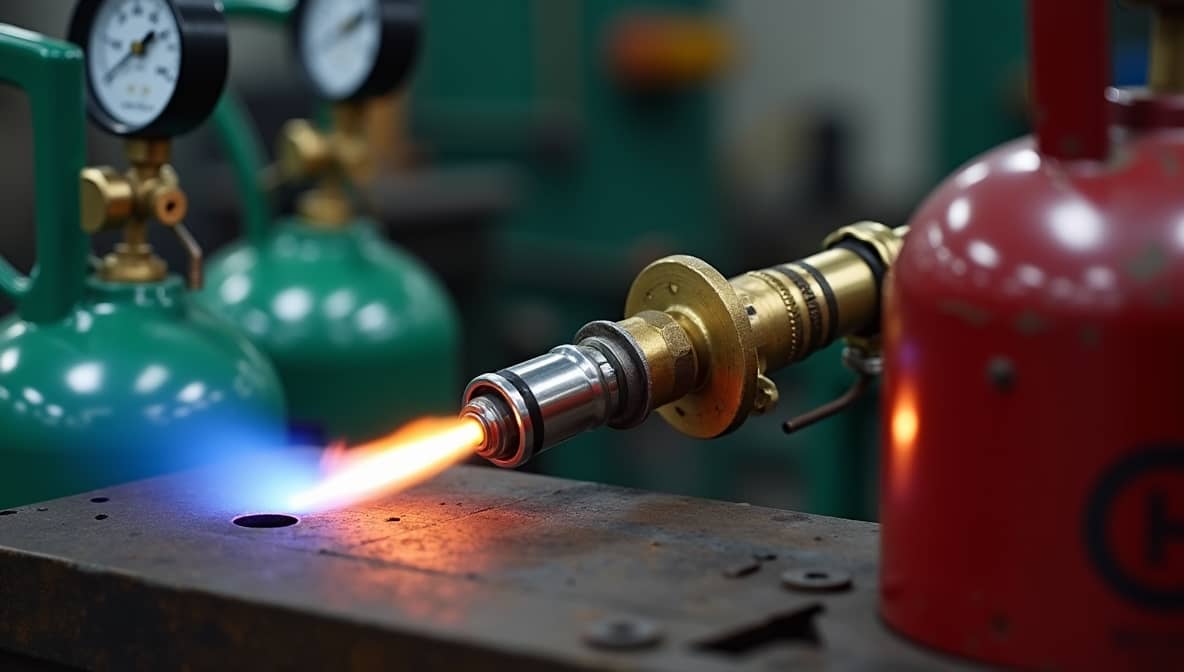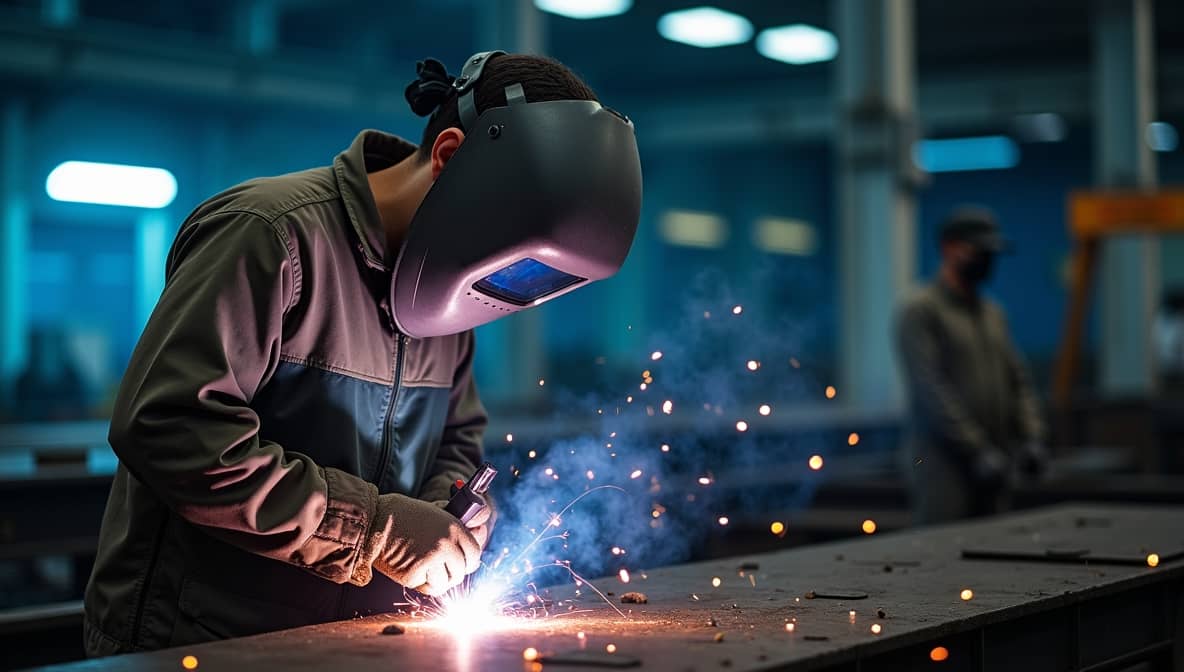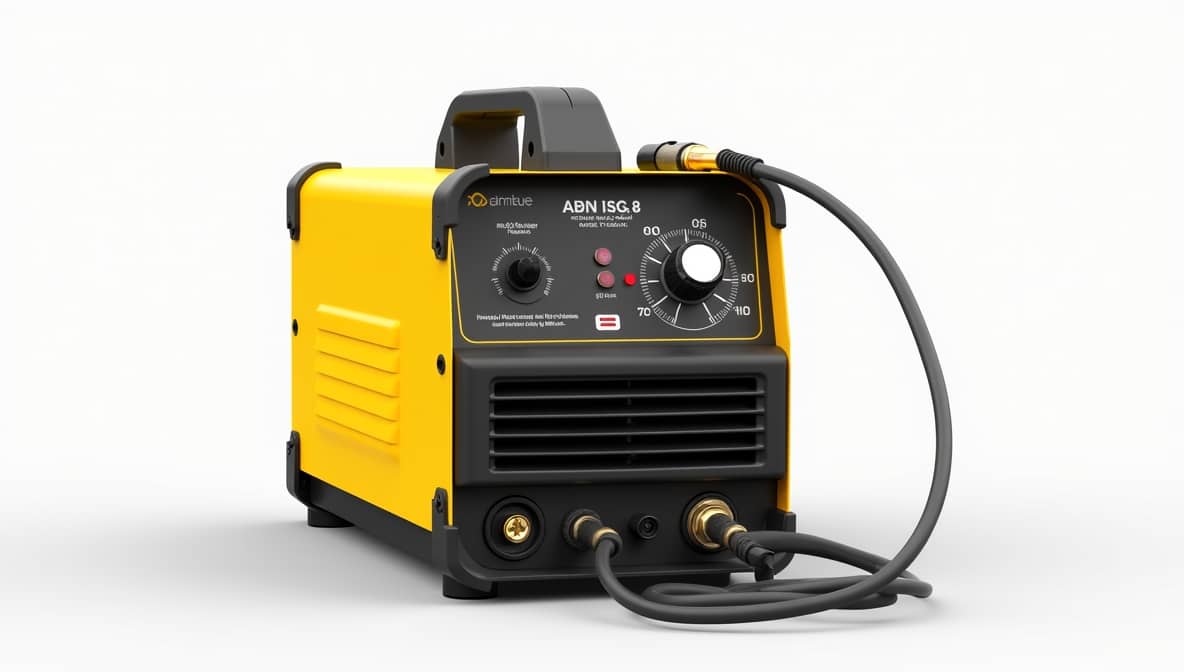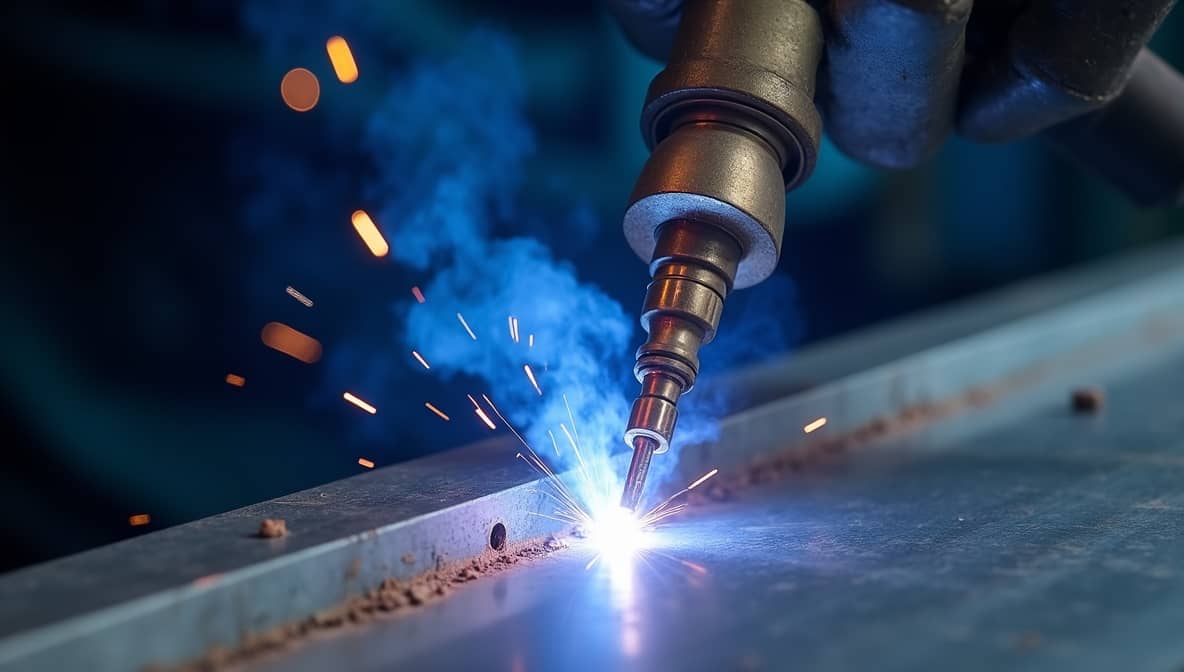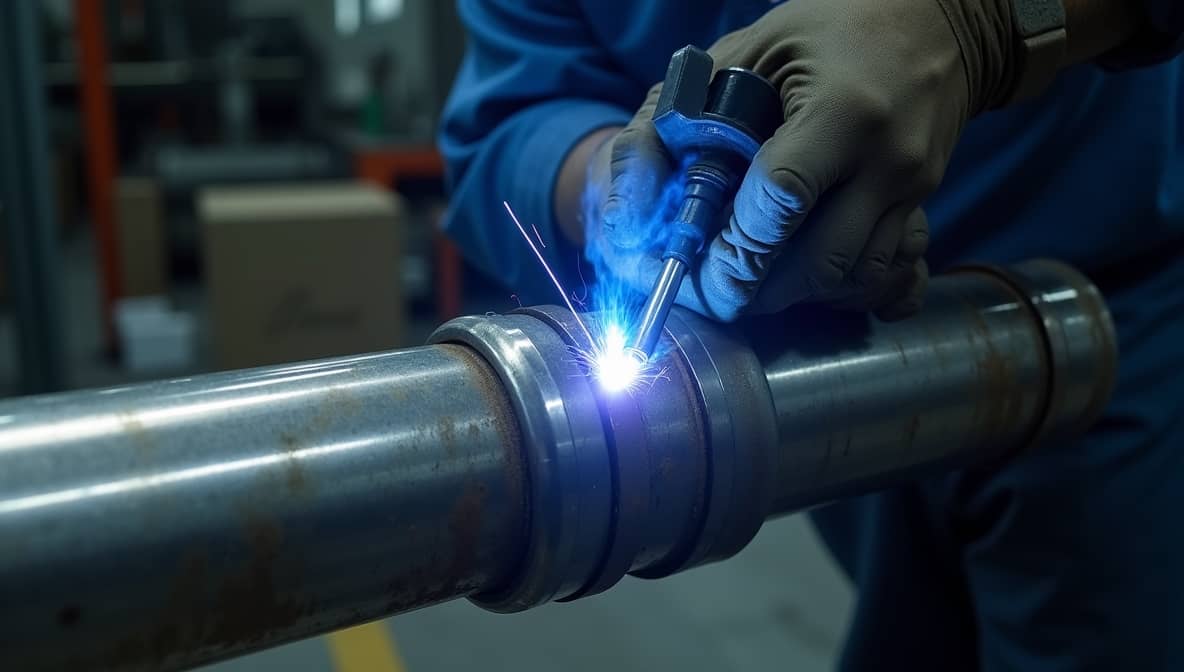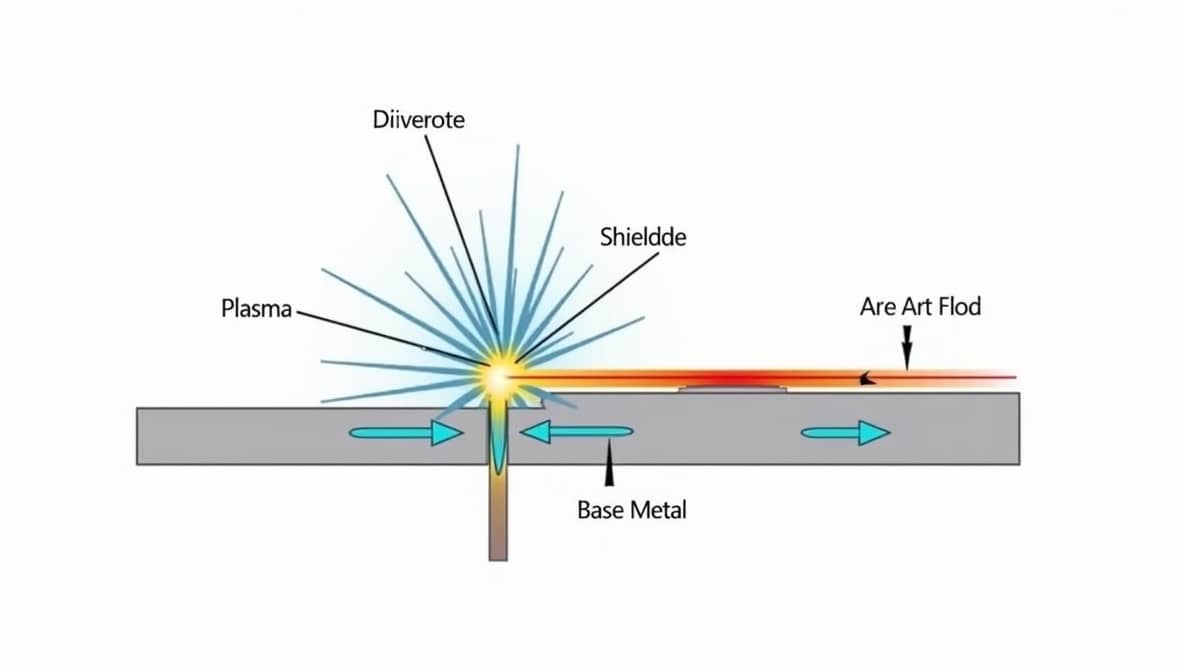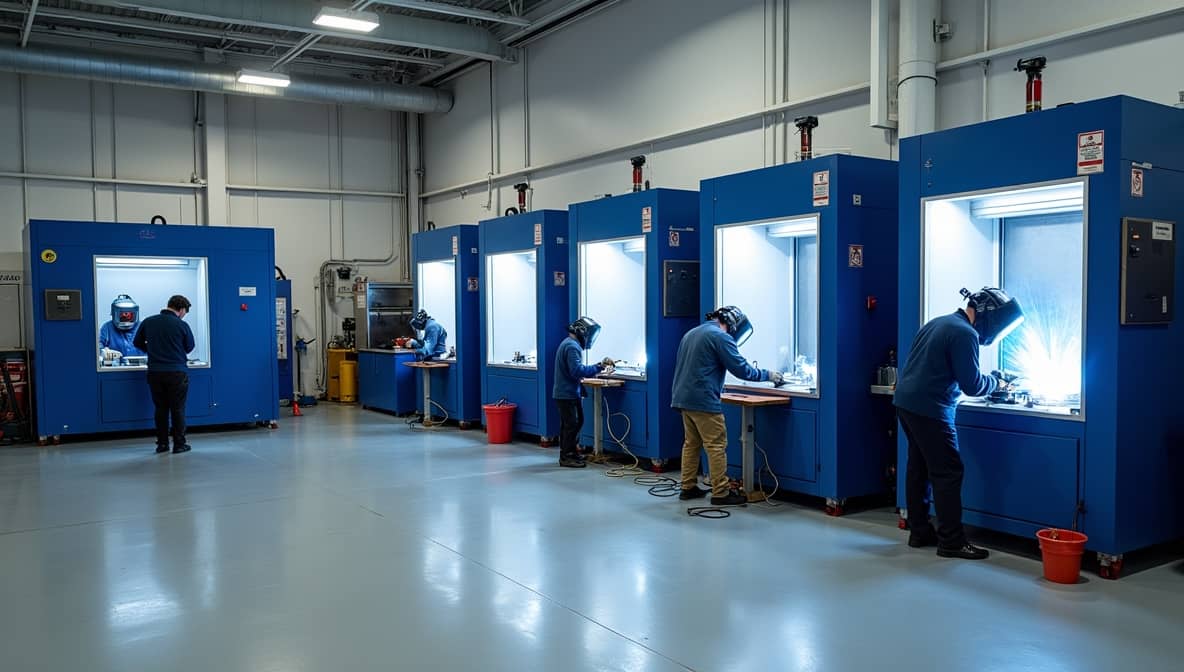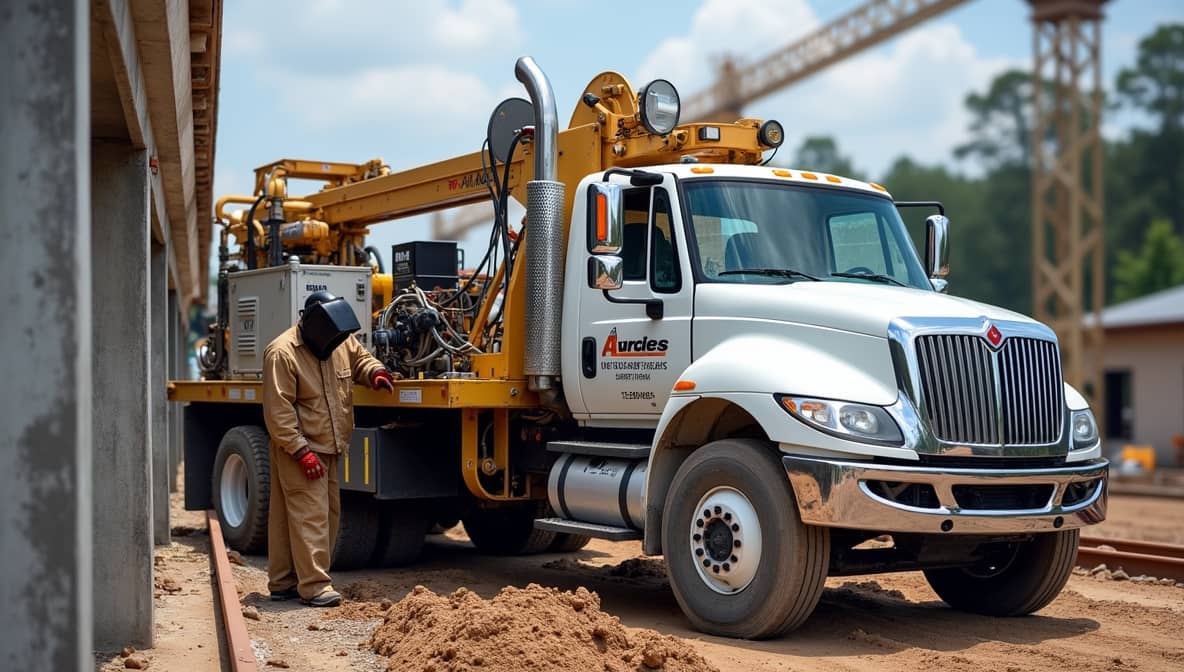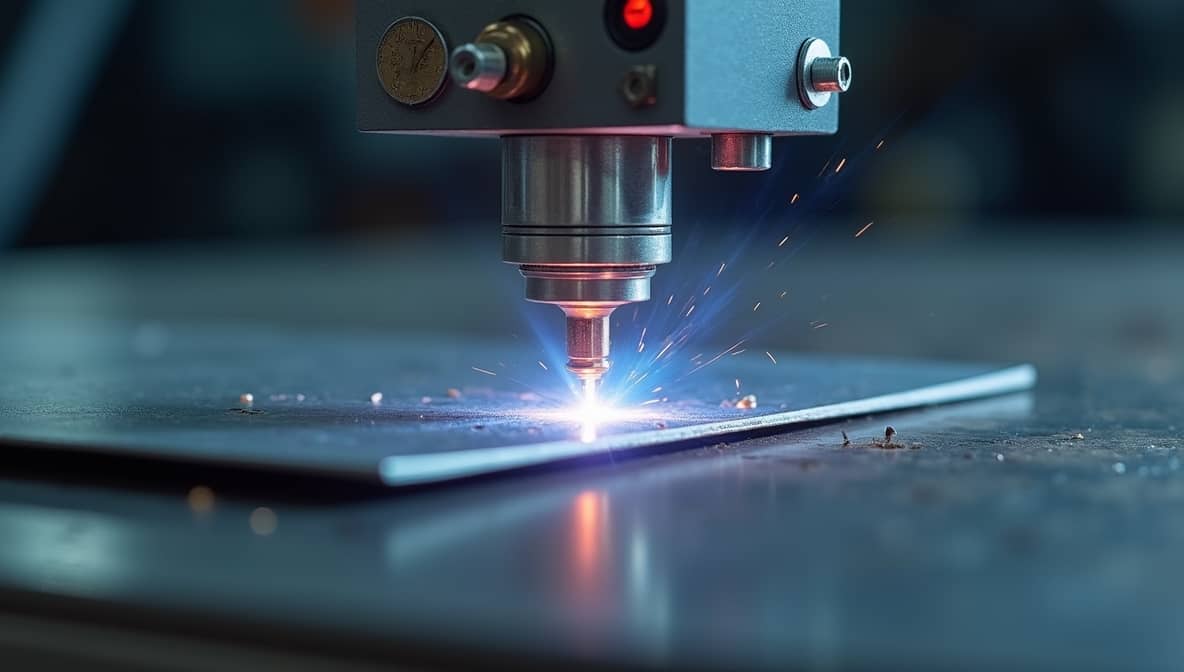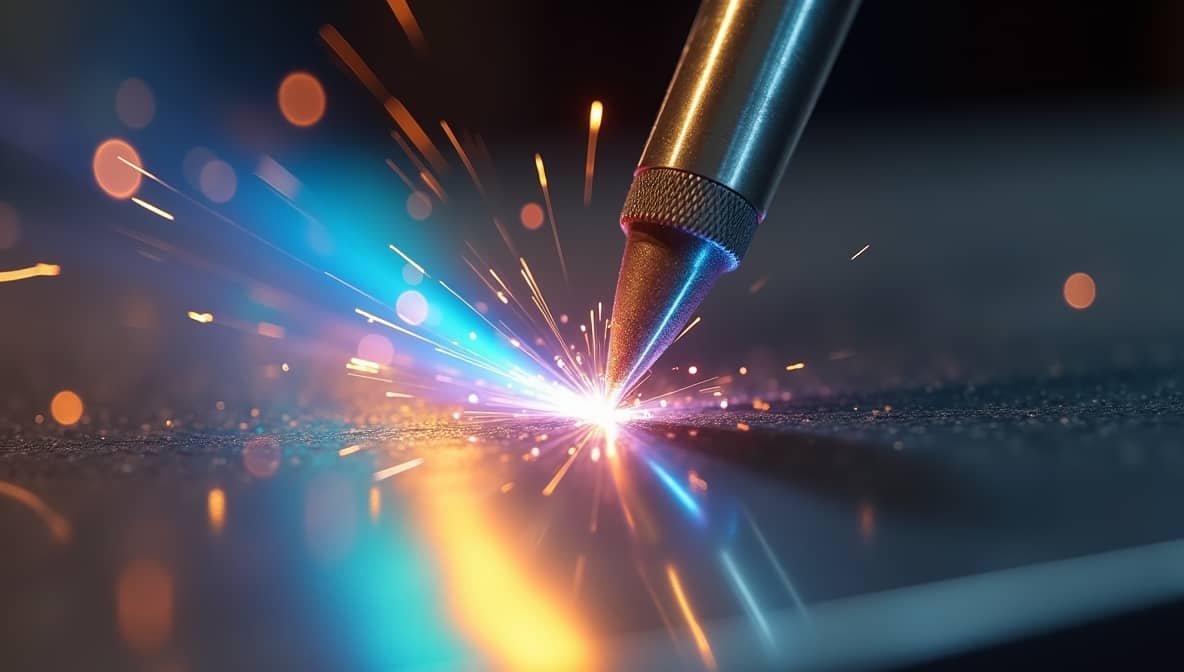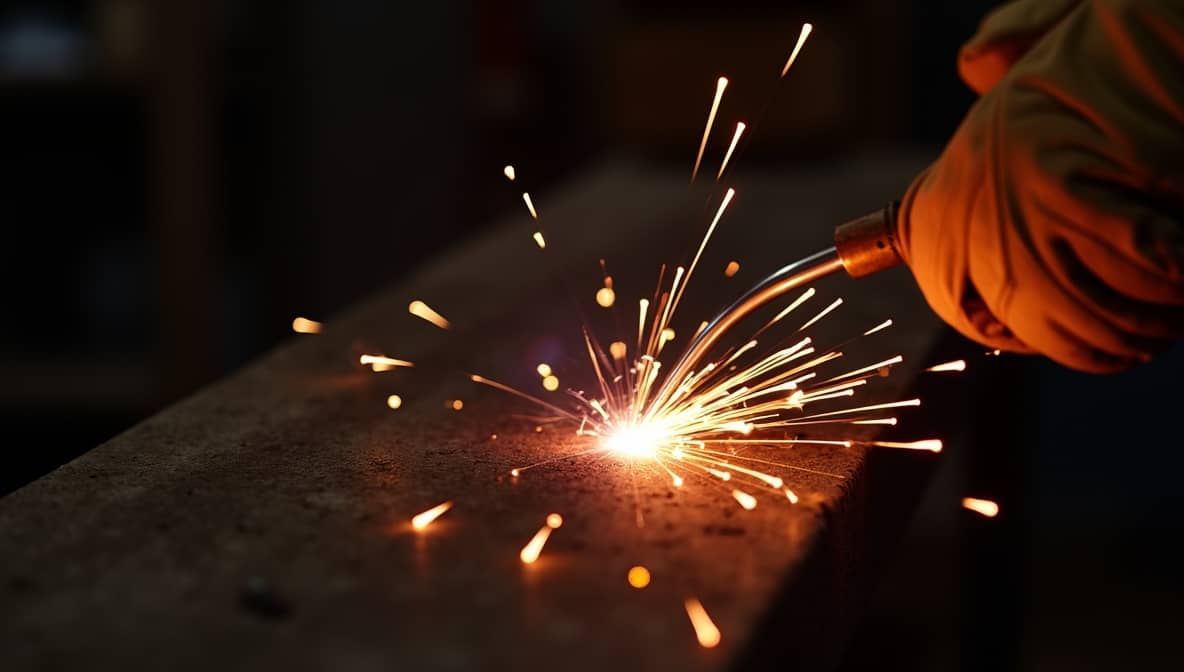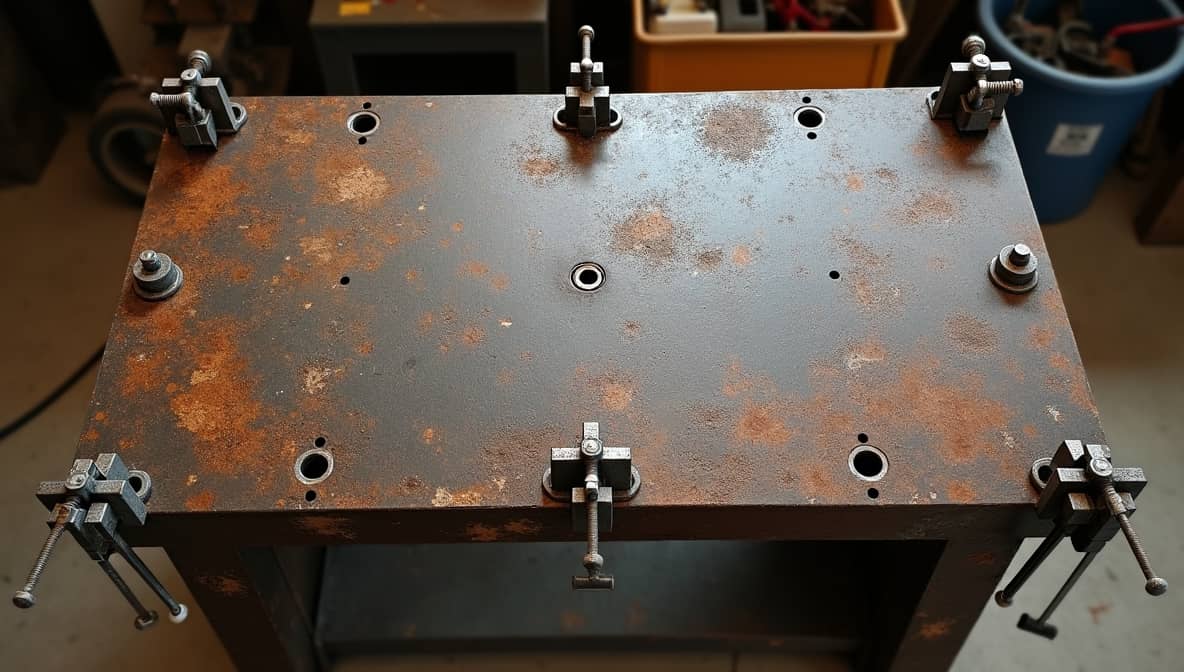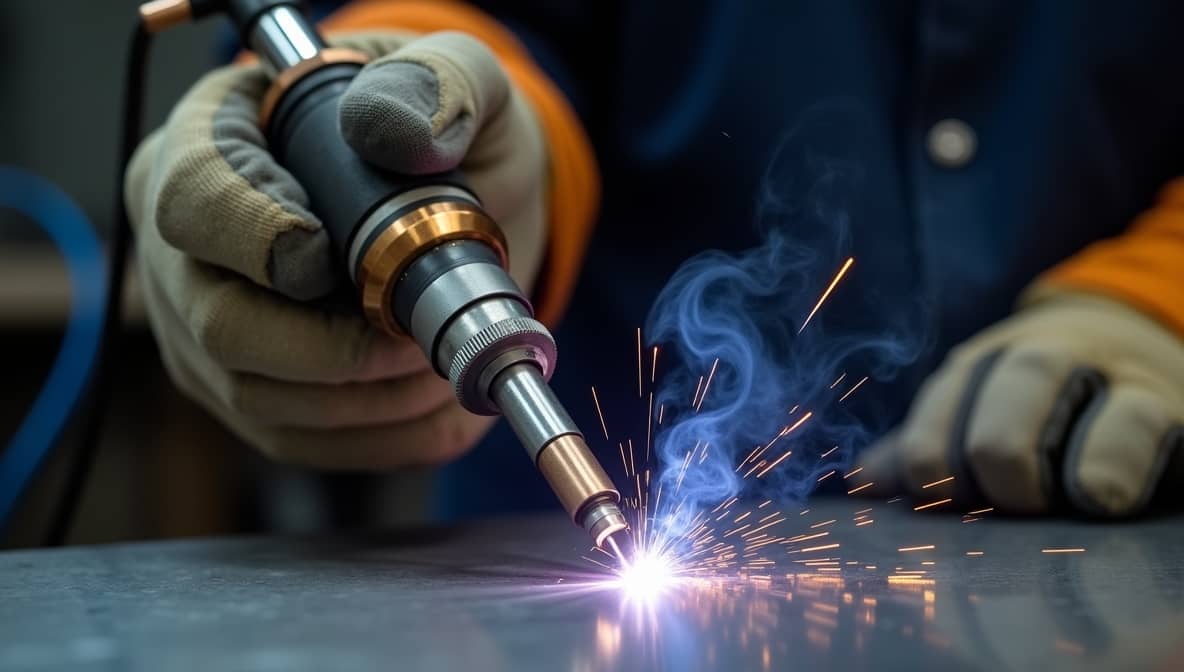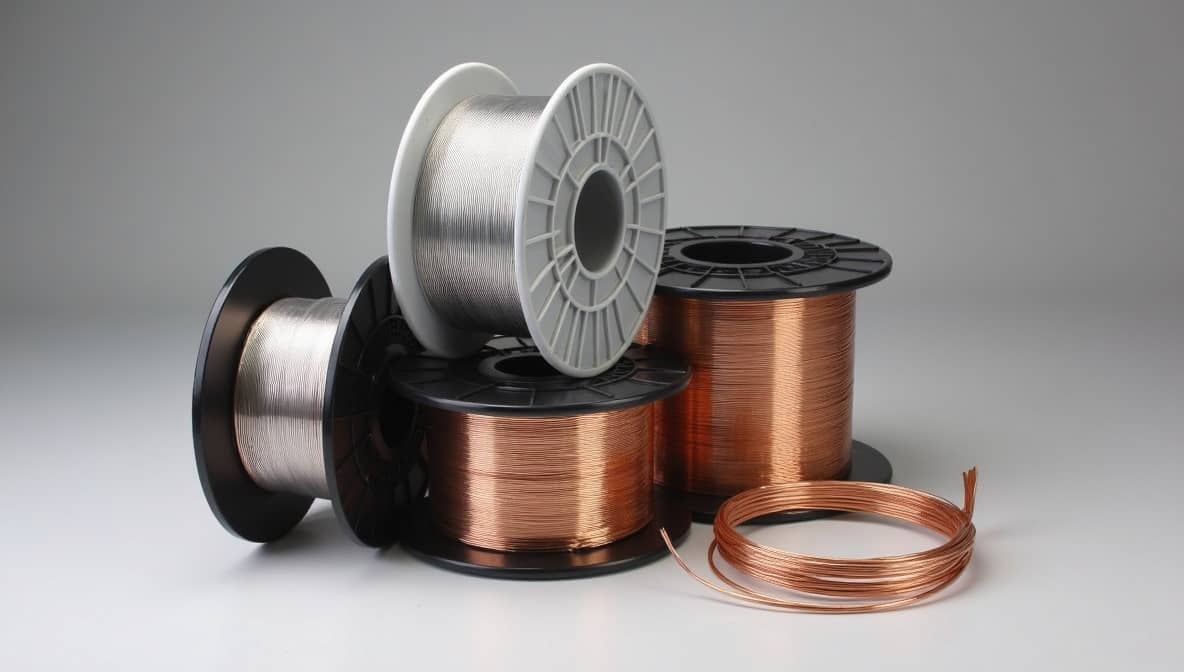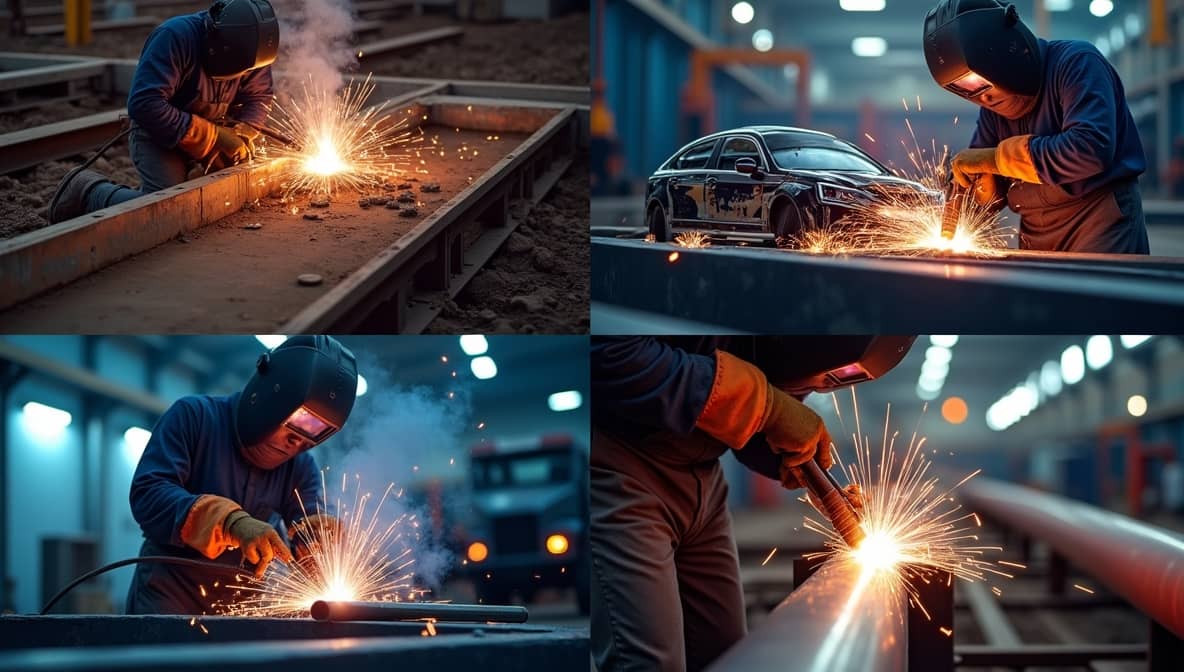Welding Wisdom for Professionals and Beginners Alike.
Start from herePrecision Welding Insights at Your Fingertips
Building Stronger Connections through Welding
Explore Welding
Discover comprehensive resources across all welding disciplines. From beginners looking to start their journey to professionals seeking advanced techniques, WeldingHubs has you covered.
Aluminum Welding
ExploreARC Welding
ExploreWelding Certificate
ExploreWelding Classes
ExploreElectrode
ExploreEngine Welding
ExploreWelding Equipment
ExploreFlux
ExploreGas Welding
ExploreHelmet
ExploreWelding Job
ExploreWelding Machine
ExploreMIG Welding
ExplorePipe Welding
ExploreWelding Process
ExploreSafety
ExploreWelding School
ExploreWelding Service
ExploreSpot Welding
ExploreStainless Welding
ExploreStick Welding
ExploreWelding Table
ExploreWelding Technology
ExploreTIG Welding
ExploreWelding Training
ExploreUnderwater Welding
ExploreWelding Wire
ExploreUses of Welding
ExploreLatest Articles
A6-SL Aluminum Welding: Essential Tips for Perfecting Your Bike Frame Techniques
A6-SL aluminum is a quaternary phase alloy made of magnesium, silicon, and copper. This lightweight alloy offers strength and is suitable for welding. Proper heat treatment is crucial. Understanding welding…
Spool Gun Welding Aluminum: Essential Tips and Techniques for Beginners to Succeed
A spool gun is crucial for MIG welding aluminum. It improves wire handling and reduces feeding problems. Use 4043 or 5356 aluminum wire along with argon gas. Adjust the wire…
AC Current: Advantages for Welding Aluminum with GTAW Techniques Explained
AC current offers key advantages for welding aluminum with gas tungsten arc welding (GTAW). The electrode negative (EN) phase transfers roughly 70% of energy to the workpiece. This energy distribution…
Sharpening a Tungsten Electrode for Welding Aluminum: Essential Tips and Techniques
To sharpen a tungsten electrode for welding aluminum, use a bench grinder. Position the electrode in line with the grinding wheel’s rotation. Apply gentle pressure while moving it toward the…
Aluminum TIG Welding Amps: Essential Settings Guide for Thickness and Parameters
To find the right amperage for TIG welding aluminum, use this rule of thumb: set 1 ampere for every 1/1000 inch of aluminum thickness. For instance, if the aluminum is…
1xxx Aluminum Friction Stir Welding: Investigating Dissimilar Alloys and Joint Strength
Friction stir welding (FSW) is a solid-state process that joins dissimilar aluminum alloys, like AA 5086 and AA 6061, without melting. This method improves mechanical properties and is widely used…
TIG Welding 1/4″ Aluminum: Essential Amps and Tips for a Successful Weld
TIG welding parameters for aluminum depend on material thickness and position. For 1/4 inch thickness: use 260 amps in flat position, 235 amps in horizontal and vertical positions, and 240…
1 2 Aluminum Welding Settings for Miller 30A: Best Techniques and Speed Settings
To weld aluminum with a Miller 30A, set the gun angle slightly forward, tilting back 10-15 degrees. Use speed control at level 2, voltage around 22V, and an argon flow…
Advanced TIG Welding Aluminum: Essential Tips, Techniques, and Settings for Success
Advanced TIG welding of aluminum needs careful techniques. Use AC for effective results. Follow the amperage rule: apply 1 amp per thousandth of thickness. Select 4043 or 5356 wire depending…

